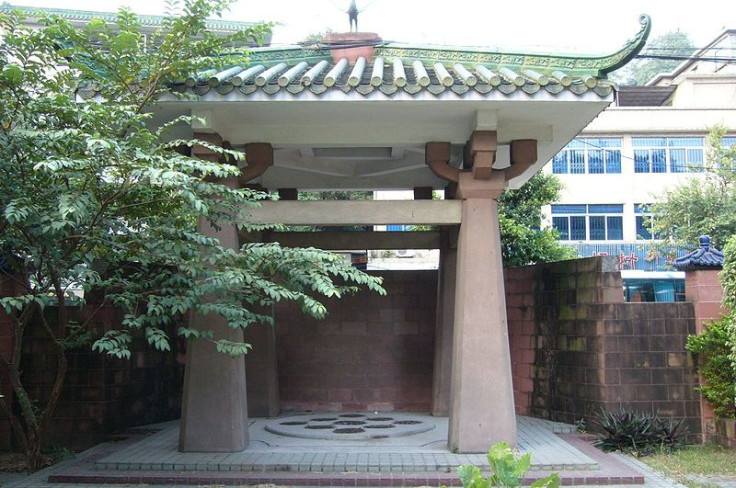Risk Management: Building a Model That Can Predict Arsenic Contamination Of Drinking Wells In China

Industrial mining as well as environmental conditions have caused arsenic contamination of the groundwater in China. Although the Chinese Ministry of Health began conducting tests of drinking wells in 2001, the enormous size of the country means millions of wells have yet to be tested and the process may take years, possibly decades, to complete.
Now, researchers have developed a statistical model to predict the risk of arsenic contamination in groundwater, a tool that will save time, money, and lives as it is implemented in China.
Process of Identification
Luis Rodríguez-Lado and colleagues set out to build a predictive tool for groundwater contamination based on both World Health Organization (WHO) guidelines (10 micrograms per liter is the threshold) and current Chinese standards for drinking water. Most importantly, the researchers wanted to develop a model that wouldn’t require testers to visit each individual well across an entire country. Essentially, the model classifies safe and unsafe areas, and though the results must be confirmed with additional field measurements, numerous arsenic-affected areas have been identified.
Rodriguez-Lado and his team began by leveraging available geospatial information about wetness, soil salinity, and topography as this information can serve as a proxy for where arsenic contamination is likely to be high. Next, they combined this data with well testing data from the Chinese National Survey Program. Between 2001 and 2005, the Chinese Ministry of Health tested some 445,000 wells in 20,517 villages of 292 counties (just 12 percent of all counties in China) for arsenic contamination; in almost five percent of the wells, arsenic levels were higher than the former Chinese standard and about 10,000 individuals were found to be affected by arsenicosis in known and suspected endemic areas. Having incorporated the data from the Chinese National Survey Program, Rodriguez-Lado and his colleagues next added population data to their calculations. Finally, they estimated health risk according to the WHO’s standard threshold for arsenic consumption.
The statistical model estimates 19,580,000 people in China to be living in high-risk arsenic contamination areas. Critically, the model identified certain areas of China as 'high risk' — including the central part of Sichuan province — though previously they had never been seen as such. The team's results have already helped Chinese authorities prioritize groundwater testing.
What is Arsenic Poisoning?
Estimates compiled from the newly-developed statistical model range as high as 19.6 million people at risk of drinking arsenic-laced water. In very arid regions of China, the population depends upon aquifers for water. Beneath the Earth's surface, an aquifer exists as a permeable layer of rock, gravel, sand, or silt along which groundwater moves. Arsenic, a naturally occurring element found in the earth's crust and numerous ores, will sometimes be released into the groundwater within an aquifer under the right conditions.
In China, arsenic-poisoned water was first recognized as a health threat in the 1960s. Globally, about 140 million people consume groundwater contaminated with unsafe levels of arsenic. Long-term exposure to arsenic may cause darkening of the skin, liver and kidney disorders, and various types of cancer.
Source: Rodríguez-Lado L, Berg M, Xue H, et al. Groundwater Arsenic Contamination Throughout China. Science. 2013.



























